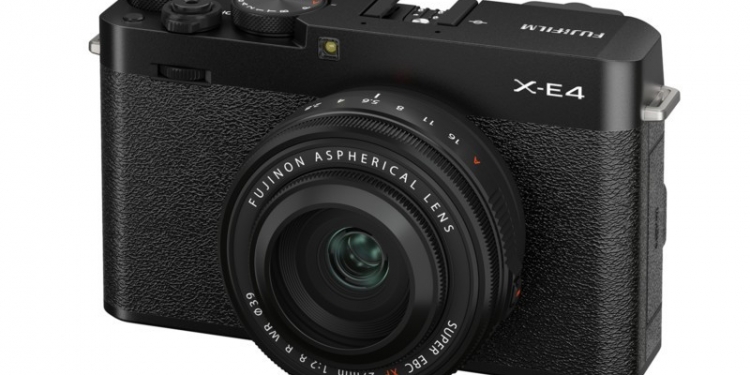I’ve always been a big fan of Fujifilm‘s camera design aesthetic. They just get how to make an attractive camera, though sometimes they do so in a way that sacrifices on practicality. So far, these have been compromises I’ve been willing to make, but with their latest camera—the Fujifilm X-E4—I fear they may have gone too far.
The latest mirrorless camera to join Fujifilm’s X-E line of cameras is a device the company calls the “most compact and most lightweight of all mirrorless digital cameras”. Weighing in at just 364g, with what looks like a pretty small footprint (W121.3mm x H72.9mm x D32.7mm), it appears this camera is living up to its claim.
I guess if they had to do so with their mirrorless camera lineup, the X-E was probably always the best choice. It doesn’t have the SLR-style viewfinder of the X-T cameras, nor does it need to make space for an OVF (optical viewfinder) like on the X100. But all of this portability, and clean aesthetic, does come at a cost…or a couple of costs, to be precise.
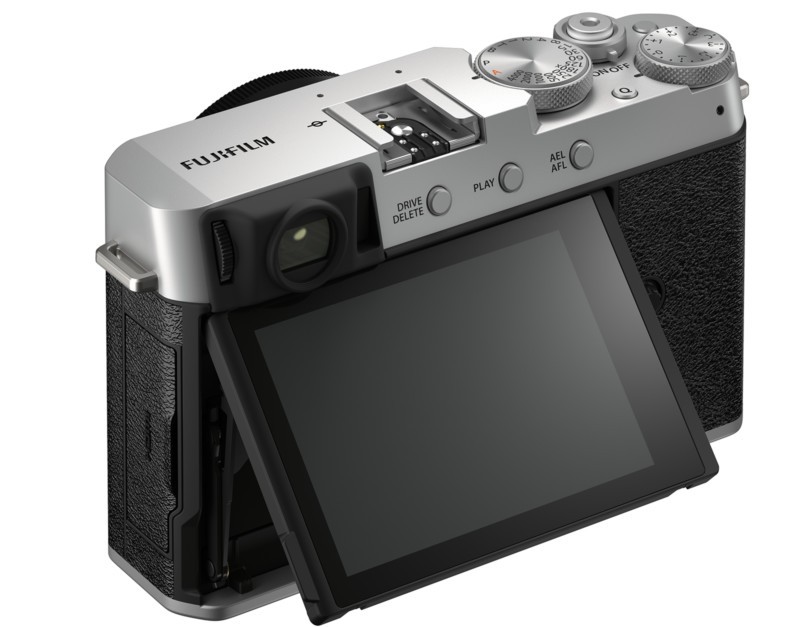
For starters, the fully articulating screen that I loved so much on the Fujifilm X-T4, does not make an appearance on the X-E4. Instead, you get a 3″ tilting rear LCD monitor that’s touch sensitive, with a resolution of 1.62M dots. It’s definitely not my favourite kind of screen, but the upside is that the display can at least flip all the way up (like a Sony RX100) so you can still use it to monitor when filming yourself or vlogging.
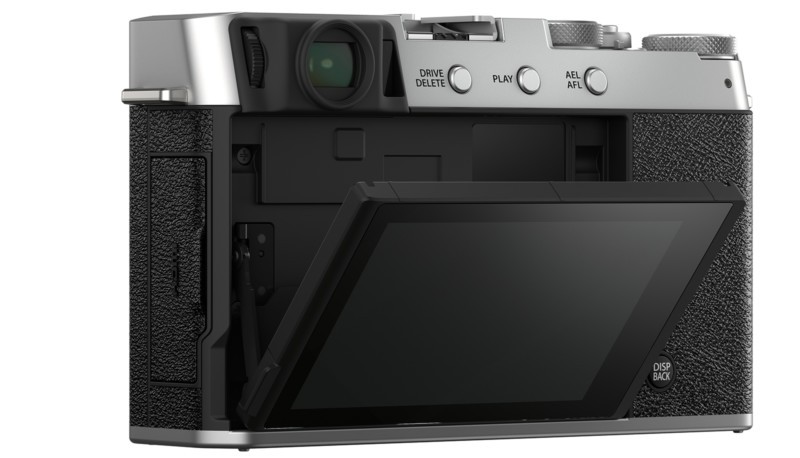
As the X-E4 is part of Fujifilm’s “rangefinder-style” mirrorless camera, there is also a 2.36M-dot electronic viewfinder at the corner of the camera, rather than in the middle. The benefit here is of course that it gives the camera a very streamlined shape which adds to its portability because it’s easier to stick it into backpacks or pockets.
However, in their quest to make the camera compact, it looks like there wasn’t space for an in-body image stabilisation system, which is a shame. The one on the Fujifilm X-T4 was pretty darn incredible in my experience, so I would have loved to see it on more of their cameras.
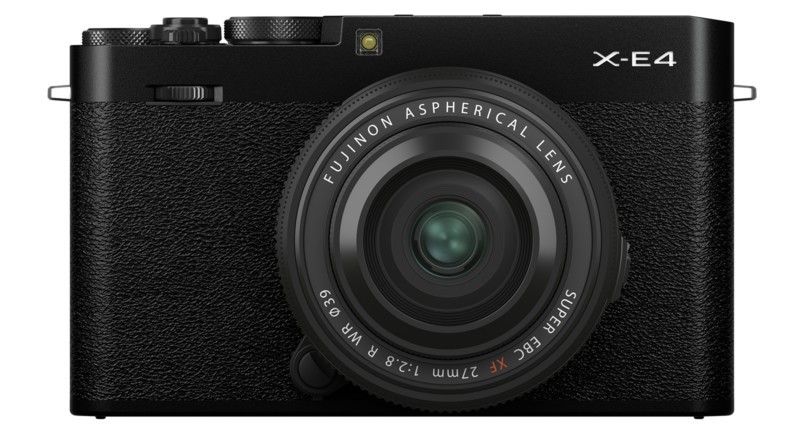
That being said, I think the most uncomfortable change Fujifilm made with the X-E4 was the removal of any kind of ergonomic grip on the body of the camera. This looks like it would make this tiny shooter a nightmare to operate, especially if you’ve got a zoom lens on. I personally use an X-T20 and I’m already struggling quite a bit even with the standard XF kit lens during long shoots. I can’t imagine what it would be like using this camera.
Does it make the camera look drop-dead gorgeous? Yeah, I definitely think so. Those clean lines, smooth molded magnesium shell and minimal aesthetic are to die for. But whether that is enough to make up for the lack of comfort remains to be seen. Fujifilm will sell you an optional hand grip and thumb rest for the X-E4, but having to pay more just to comfortably use your camera feels pretty crappy if you ask me.
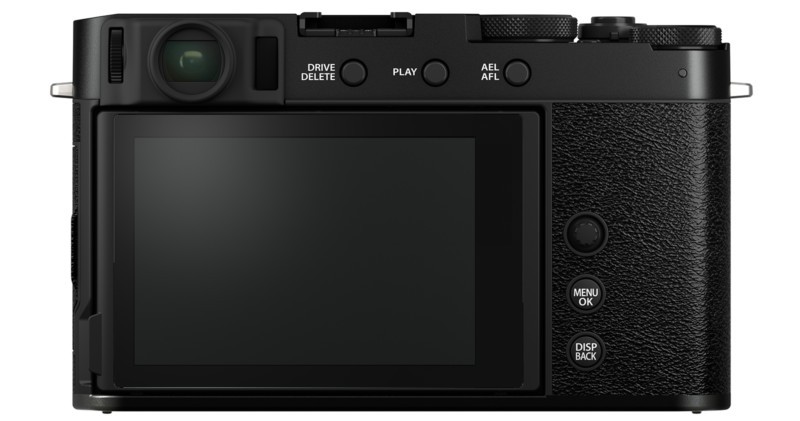
That being said, if what you’re looking for is a super compact photo and video shooter, the Fujifilm X-E4 has a lot of the components you’d want. Its 26MP X-Trans sensor and X-Processor 4 come straight from the flagship Fujifilm X-T4, so you can expect similar image quality and performance. It’ll also do up to 4k30fps (8-bit internal, 4:2:2 10-bit over HDMI) as well as the super slow 240fps mode at Full HD.
Unfortunately, you’re not getting the nice big battery from the X-T4, as the X-E4 still uses Fujifilm’s NP-W126S cell. This means you get a CIPA rating of 460 shots per charge, making it pretty similar to the other cameras running on this cell.

Fujifilm has also moved the controls for the camera around a little, so you lose the AF switcher commonly found on the front of the camera next to the lens. Again, this adds to the clean aesthetic, but it was always very convenient to be able to switch the AF settings without needing to dive into the menu. The P mode is also on the shutter speed dial now, so you don’t get the switch to flick the camera into full auto mode.
Fujifilm’s X-E4 will retail for USD849.95 (~RM3,436) for the body only, while a kit with the XF 27mm f/2.8 pancake prime lens will set you back USD1,049.95 (~RM4,244) in the States. So far, there’s no news on the camera’s availability in Malaysia, but I will let you know as soon as I hear anything.

